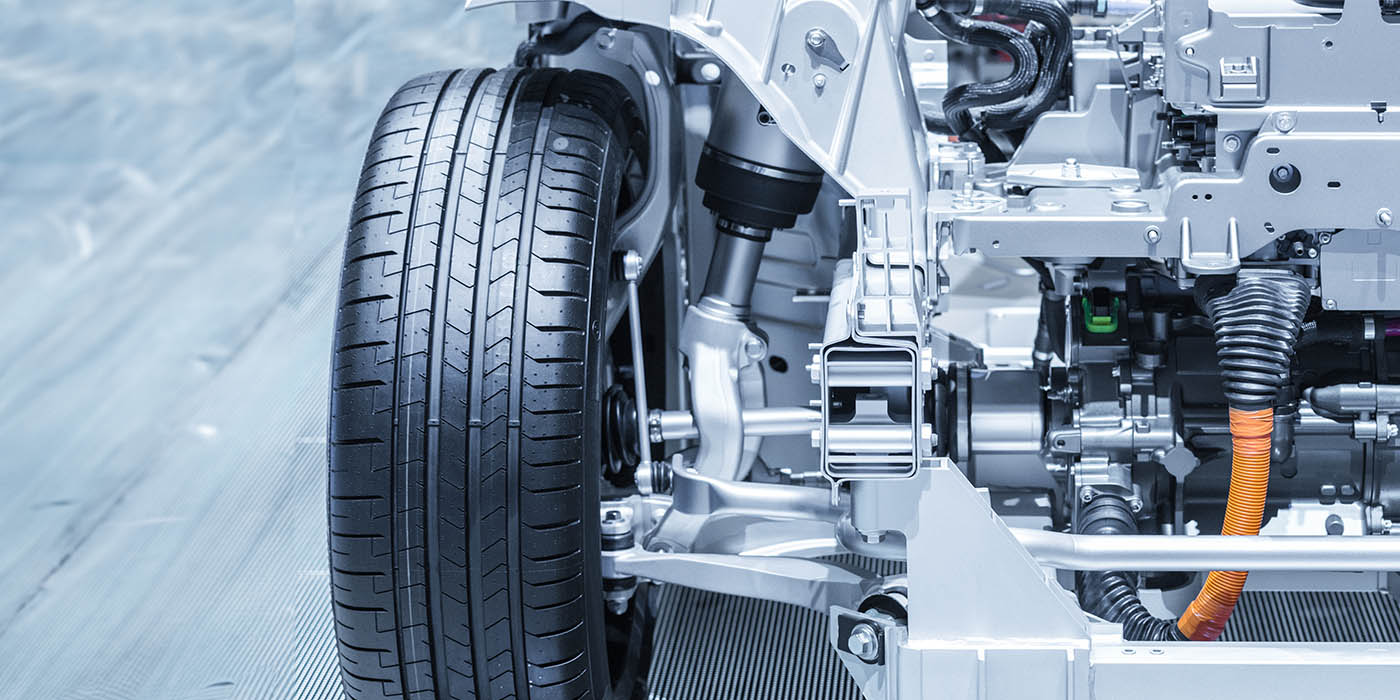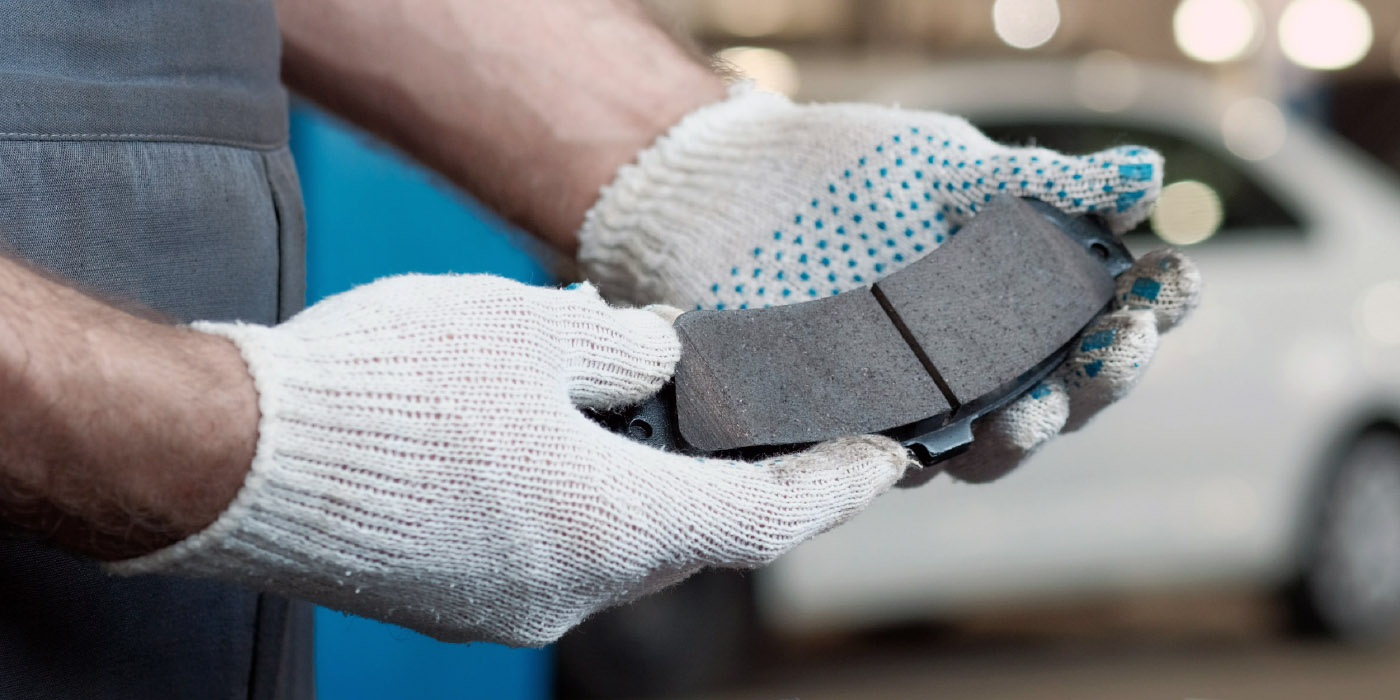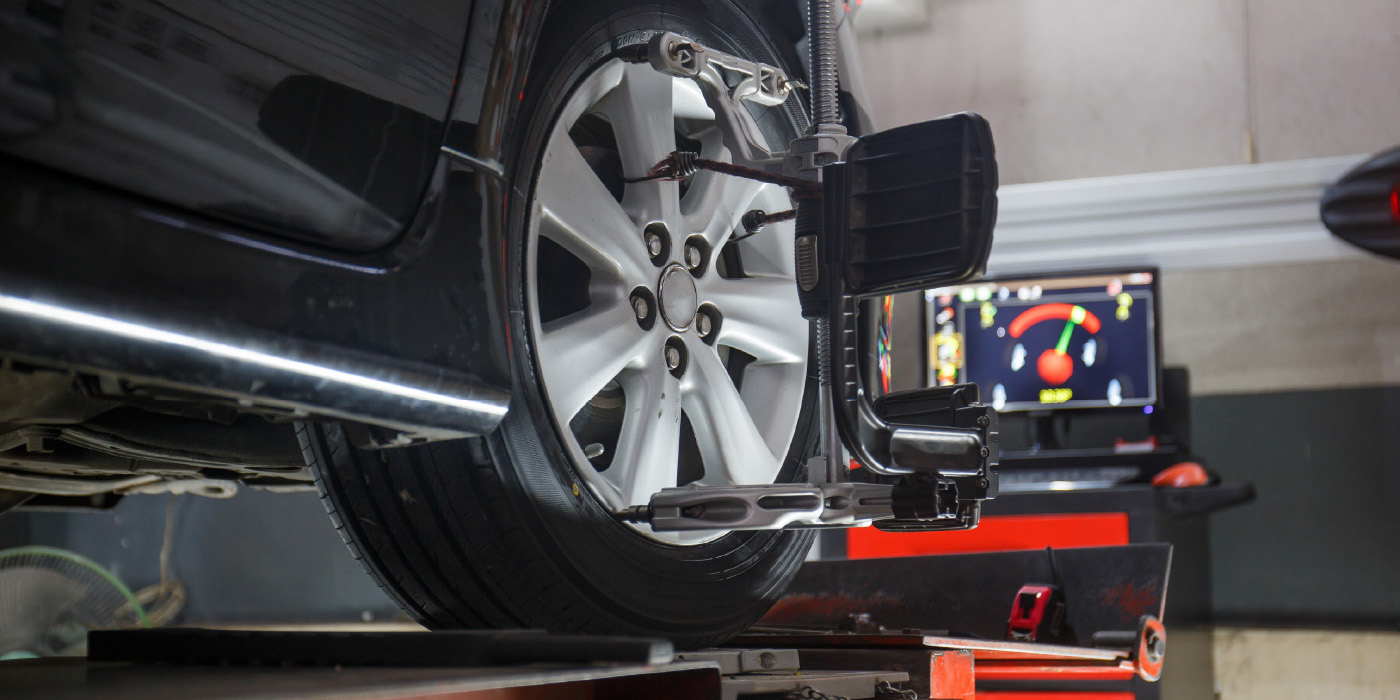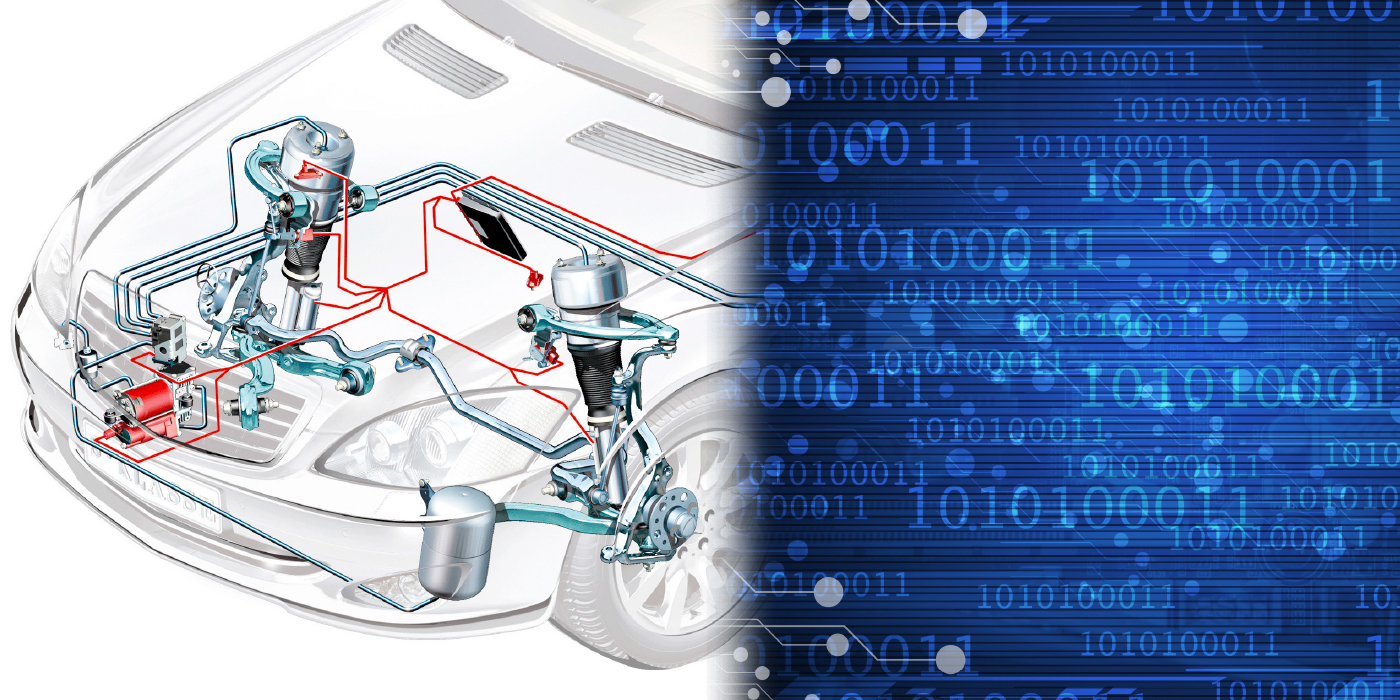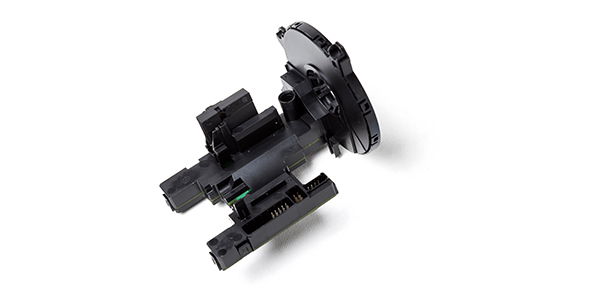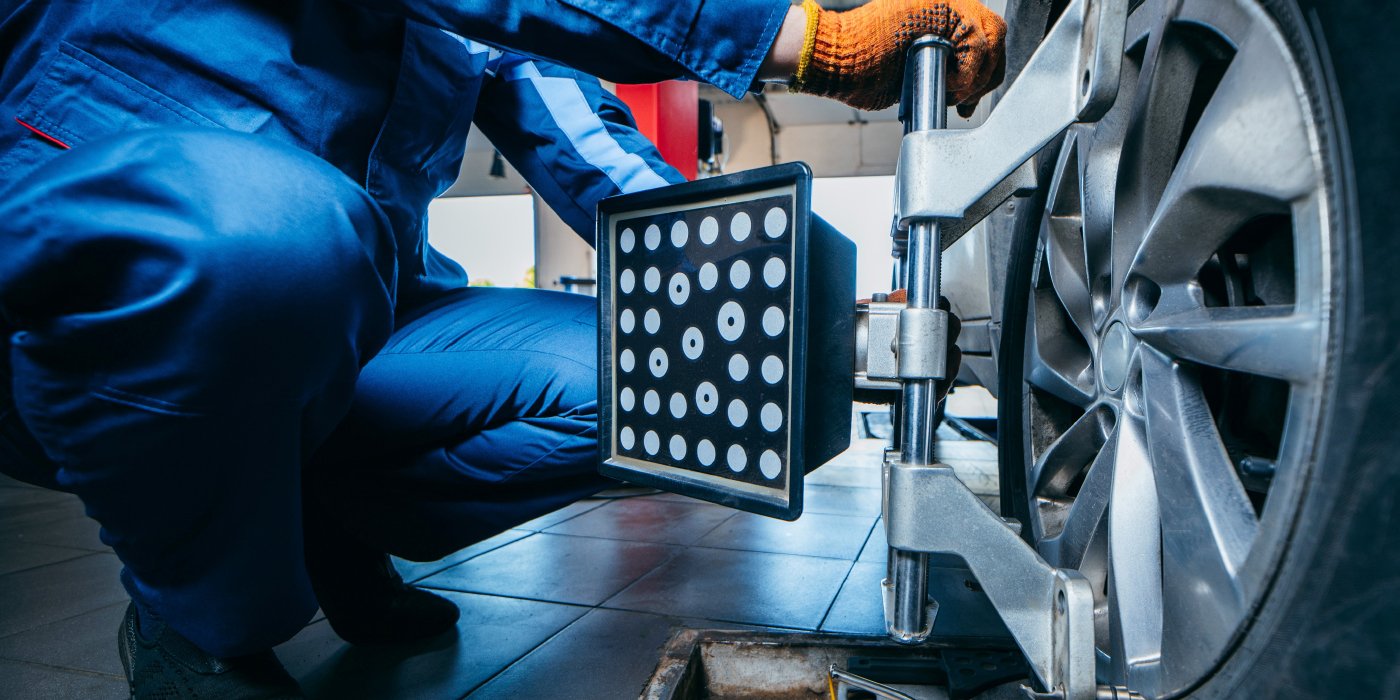
One ride control manufacturer estimated that 80 percent of vehicles in junkyards still have their original shocks or strut units. Part of the reason is that selling shocks and struts is difficult. It is an item that when it wears, it doesn’t cause the vehicle to stop running. When it does wear, the driver is usually not aware of how bad it really has become.
But, it’s an item that can make a distinct difference in vehicle performance and resale value that the customer will really appreciate.
Often, you are your own worst enemy when selling ride control. It happens to most salespeople, over time they become apathetic to selling ride control products to the customer. It is a cycle with three phases as the sales person starts to speak no evil, hears no evil from the technician and eventual sees no evil when it comes to recommending ride control replacement.
The second phase of this cycle starts with just listing the recommendation and estimate for shock or strut replacement on the bill and maybe mentioning it casually to the customer during the sales process. This means that the sales person will invest very little time, effort and emotions. The recommendation becomes more of a “feeler” question rather than a real sales proposal.
The third phase starts when the salesperson starts second-guessing if they should even write the estimate on the repair order at all. They may base their guesses on stereotypes and assumptions. But, chances are they are wrong.
The last phase is the most destructive to sales. This is where the salesperson rationalizes that the time spent trying to sell the customer ride control can be used for easier items that are guaranteed to sell. This is not only a great disservice to the shop, but it is a greater disservice to the customer.
It takes mental and physical tools to break this self-defeatist cycle. Also, turning this apathy into enthusiasm requires a methodical approach that goes further than incentives like vacations, point systems or t-shirts. It requires a proper inspection of the vehicle and communications with the customer.
Inspection
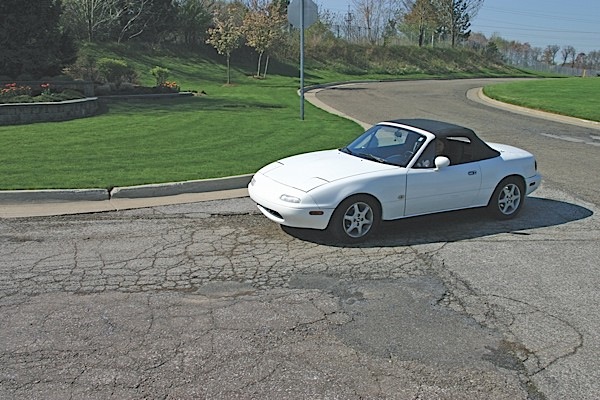
The first step in selling ride control is the inspection process. A visual inspection of the shocks and struts can tell you a lot about the state of the ride control units. If possible, visual inspections should be performed before the test drive. This is a chance to make sure the vehicle is road worthy before you put your own life at risk. Also, always make sure that there is enough gas in the tank.
Communication
A complete inspection lays the groundwork for excellent customer communications and increases the possibility of a sale. The results of the inspection can help personalize the sales pitch to the individual customer.
The following is an example of how a note on an inspection form can provide so much more than a simple “recommend new shocks and struts.”
Salesperson: “On the testdrive the technician noticed excessive nose dive during braking and increased body roll while turning. Also, we noticed humming coming from the rear that was caused by uneven wear of the rear tires.”
Customer: “I guess it’s not exactly performing the same as it was when new and that humming noise was starting to annoy me.”
Salesperson: “New struts can help to return the vehicle to like it was when it was new. Also, they can prevent future uneven wearing of your tires.”
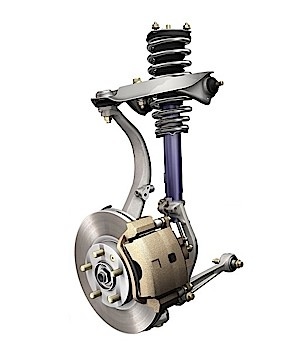
In this simple interchange of information, the information gained in the testdrive helped to identify and define the value of new ride control components to the customer. Furthermore, the information given to the customer helped to create a tangible need that they can relate to on why the service should be performed. All of this was done without going into techno speak.
Even if the customer does not buy today, this sales approach and pitch will likely stick with the consumer longer than the generic “recommend new shocks and struts.” This means that they might be back and your efforts will not be in vain.






